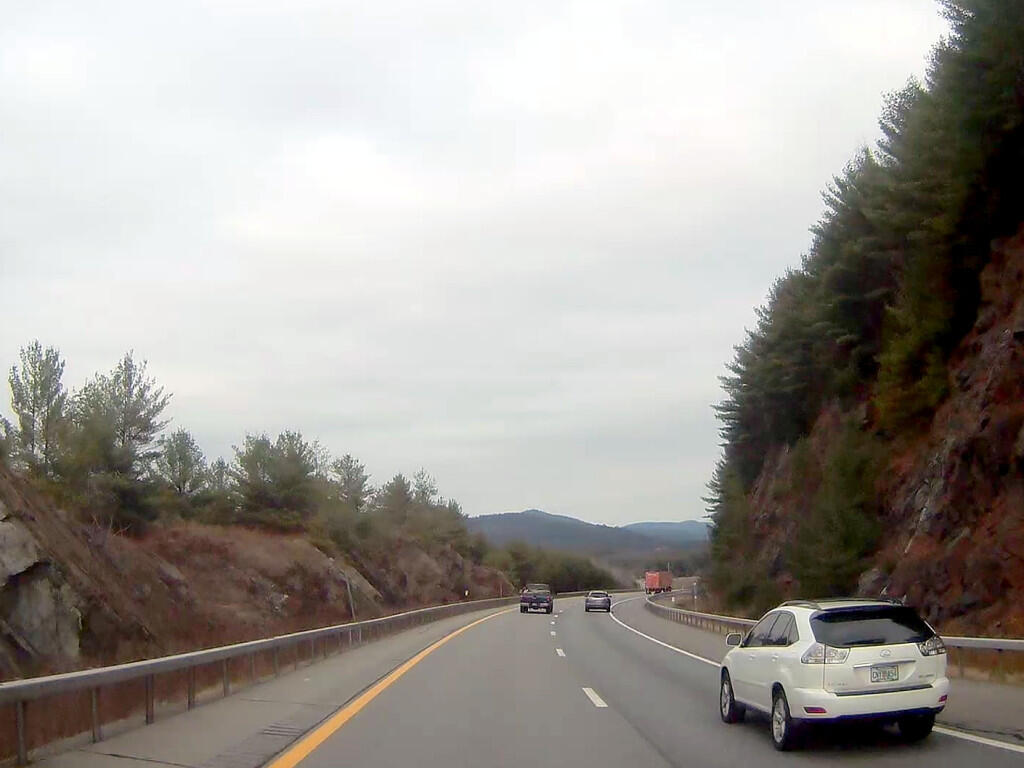Chase Lake Trail is a 5.3 mile moderately trafficked out and back trail located near Gloversville, New York that features a lake and is rated as moderate.
Holmes Lake is a 4.2 mile lightly trafficked out and back trail located near Bleecker.
Mixing and matching the old on this map.
As Kirchman and others monitoring climate change in the Adirondacks realize, this small, unflashy species will also probably not be the last boreal bird to dwindle in the Adirondacks and then disappear from the region.
Fifteen years ago, if you asked almost any ornithologist about the biggest threat to birds, they would have cited habitat loss. Habitat loss remains a serious problem, but now biologists better understand how changes in habitat are linked to two key elements of climate change: temperature and precipitation. In the Adirondack Park, that relationship between habitat and climate change is illustrated through two long-running surveys of boreal birds—the birds of the Northern Forest that stretches from far Upstate New York into Vermont, New Hampshire and Maine. The Adirondack Park is the southernmost range for several boreal birds.


